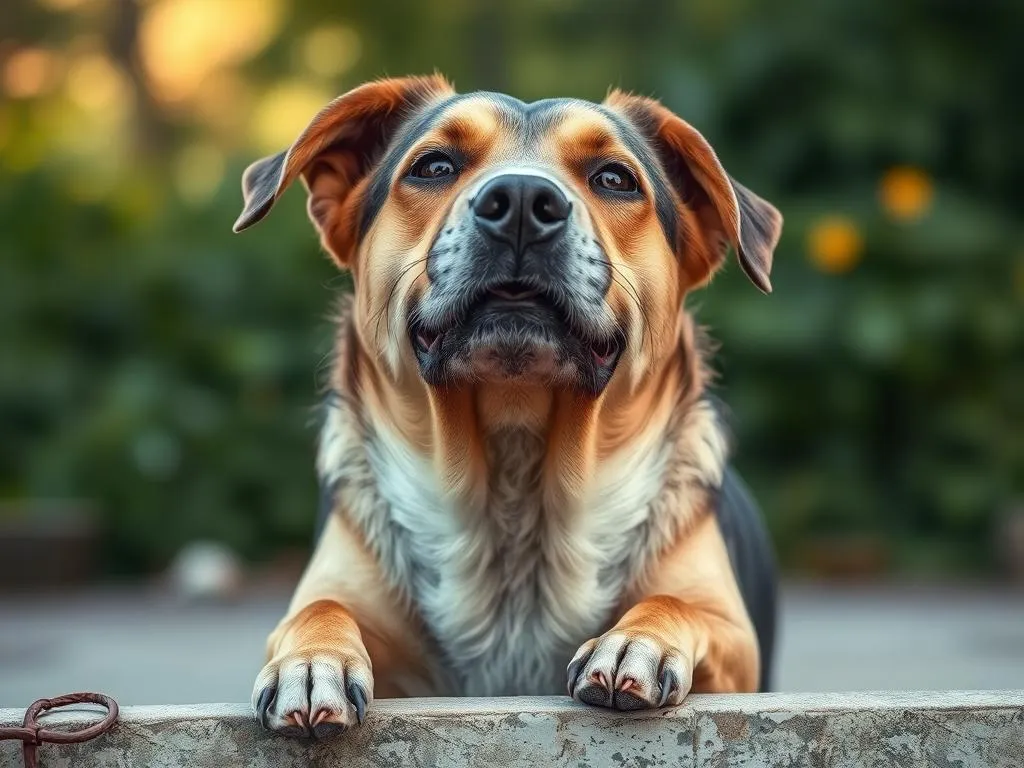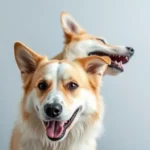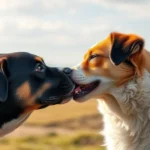
Introduction
Understanding dog behavior is crucial for fostering a strong bond with our canine companions. Dogs communicate in various ways, and one particularly interesting behavior is bowing. This action can often leave dog owners pondering, why does my dog bow to me? In this article, we will explore the significance of this behavior, delving into what it might mean when your dog expresses this gesture.
Understanding Dog Communication
The Importance of Canine Communication
Dogs communicate primarily through body language, which can be quite different from human communication styles. While humans rely heavily on verbal cues and language, dogs use their bodies to convey feelings and intentions. Understanding these signals is vital for any dog owner, as it allows for better communication and a deeper understanding of your pet’s needs and emotions.
Types of Dog Body Language
Dog body language encompasses a variety of signals, including tail wagging, barking, and different postures. For example, a wagging tail can indicate excitement or happiness, while a lowered tail may signal fear or submission. The context in which these signals occur is essential for accurate interpretation. Therefore, it’s important to observe not just the behavior but also the surrounding circumstances.
The Play Bow: A Closer Look
What is a Play Bow?
The play bow is a unique position that dogs often adopt when they want to play. In this position, a dog will lower its front legs while keeping its back end raised, often accompanied by a wagging tail and playful demeanor. It’s a universal sign among canines that communicates an invitation to engage in fun and frolic.
Reasons for the Play Bow
The play bow serves multiple purposes. Primarily, it acts as an invitation to engage in play with other dogs or humans. Additionally, this posture signifies submission and friendly intentions, indicating that the dog is not a threat and is ready for some fun interaction. Understanding this behavior can enhance your interactions with your dog, making playtime even more enjoyable.
Why Dogs Bow to Their Owners
Expression of Affection and Trust
One significant reason dogs may bow to their owners is as an expression of affection and trust. When your dog bows to you, it’s often a way of saying, “I trust you” and “I want to be close to you.” This behavior can reinforce the bond between you and your dog, highlighting the importance of companionship in your relationship.
Seeking Attention or Interaction
Many dogs bow to initiate interaction or play. If you notice your dog bowing, it may be a signal that they are looking for your attention. This behavior can be further encouraged through positive reinforcement, where you respond with affection or playtime, solidifying the connection between the two of you.
Submission and Respect
In some contexts, bowing can also be viewed as a submissive gesture. Dogs may bow to show deference, particularly in situations where they feel uncertain or want to demonstrate respect. This behavior can highlight the complex social hierarchy that exists in the canine world, where submission plays a crucial role in their interactions.
Factors Influencing Bowing Behavior
Breed-Specific Behaviors
Not all dog breeds exhibit bowing behavior to the same degree. Some breeds, known for their playful nature, may bow more frequently as part of their natural behavior. For instance, breeds like Golden Retrievers and Labrador Retrievers are often more prone to engage in playful interactions, which can include bowing.
Age and Developmental Stages
Age can significantly influence bowing behavior. Puppies are more likely to bow as they learn social cues from their mother and littermates. This playful gesture helps them understand the dynamics of canine communication. As dogs mature, the frequency and context of their bowing may change, but the underlying intention often remains the same: seeking interaction and expressing affection.
Environment and Socialization
The environment in which a dog is raised has a profound impact on its behavior. Dogs in socialized environments, where they regularly interact with other dogs and humans, are more likely to exhibit positive behaviors like bowing. Conversely, dogs that lack socialization may display different behaviors due to fear or discomfort, which can affect their willingness to bow.
How to Respond to Your Dog’s Bowing
Positive Reinforcement Techniques
When your dog bows, responding positively is key to encouraging this behavior. Positive reinforcement can include verbal praise, treats, or engaging in a game. By rewarding your dog for bowing, you reinforce the behavior and promote a happier interaction.
Engaging in Play
When your dog bows, it’s a perfect opportunity to engage in play. Whether it’s a game of fetch, tug-of-war, or simply running around the yard, playtime is essential for your dog’s mental and physical health. Regular play not only enhances your bond but also provides necessary exercise and stimulation for your furry friend.
Common Misinterpretations of Bowing
Distinguishing Between Play and Other Behaviors
It’s essential to differentiate between a playful bow and other contexts in which dogs may bow. For example, dogs may bow out of curiosity or even discomfort. Observing the full body language of your dog can help you interpret their feelings accurately. Signs such as a tucked tail or flattened ears might indicate a different emotional state than that of a playful bow.
When to Seek Professional Help
If you notice that your dog’s bowing behavior is accompanied by signs of anxiety or aggression, it may be time to seek professional help. Consulting with a veterinarian or a dog behaviorist can provide insights into whether the bowing signifies underlying behavioral issues. Early intervention can lead to better outcomes for both you and your dog.
Conclusion
In summary, understanding why your dog bows to you can greatly enhance your relationship with your pet. This behavior is often rooted in affection, trust, and the desire for interaction. By recognizing the significance of bowing and responding appropriately, you can foster a deeper bond with your canine companion. Observing and appreciating your dog’s unique ways of communication will lead to a richer, more fulfilling relationship for both of you.
In the world of dog behavior, every action has a meaning. Bowing is just one of the many ways dogs express themselves, and by learning to interpret these signs, you can improve your understanding and connection with your furry friend.









